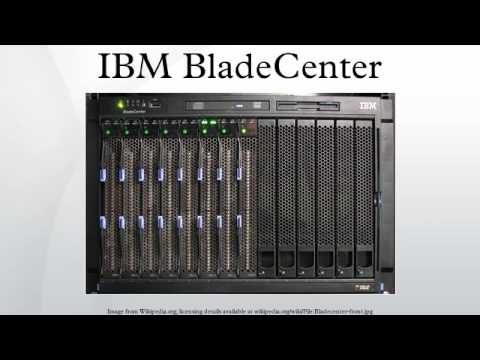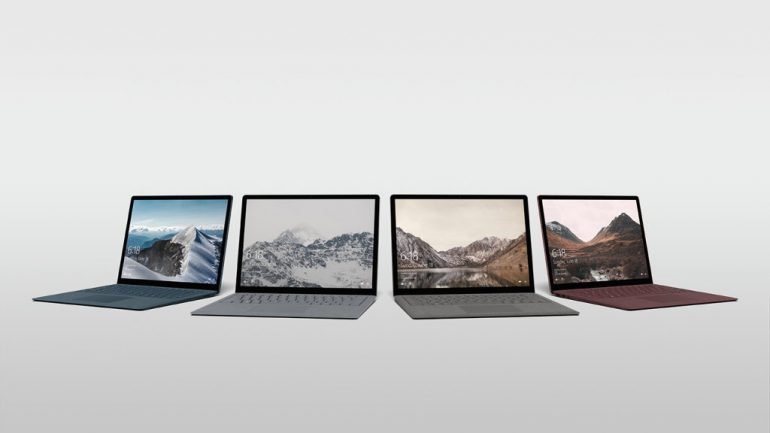
Columbus
http://www.columbusglobal.com/
Information Technology
Description
Columbus is an international consultancy serving customers worldwide. We are experts in the retail, food and manufacturing, and distribution industries, knowing about these industries’ processes, needs and wants in-depth, and our success is solely based on our ability to convert our knowledge into value for our customers. We’ve proved this through 20 years of experience with more than 6,000 successful business cases. We help manufacturers, distributors, retailers and food and beverage manufacturers accelerate their business success through Enterprise Resource Planning.
Global delivery
We have offices and partners all around the world. This means, that we provide our services to customers globally. Furthermore we are able to ensure that our consultants are local and speak the language of our customers.
Best Practice Software
We develop our own best practice software which is tailored to companies within the food, retail and distribution and manufacturing industries. Our software ensures increased operational efficiency through enhanced automation. The gain for our customers is a less expensive business solution implementation, a shorter time to value and an improved ROI. Our software is based on Microsoft’s proven Business Solutions. The key deliverables that we offer are flexible and future-safe ERP, BI and related business applications that maximise our customers efficiency and overall business performance.
Supplied deployments
Supplied products
Partnership with vendors
Vendor | Partner status | Country | Partner types |
|---|---|---|---|
| Microsoft | Gold | ||
| IBM | Advanced Business Partner |

















